After giving nearly 60 years to alter the course of Kashmir’s education, CE Tyndale Biscoe left the Vale reluctantly in 1947, only to live barely for 18 more months. Almost 73 years after his death, Biscoe’s Kashmir-born grandson Hugh Tyndale-Biscoe wrote an impressive narrative of the challenging times that changed Kashmir in a Bloomsbury 2022 book The Missionary and the Maharajas that Muskan Fatima reviewed on the educator’s 74th death anniversary
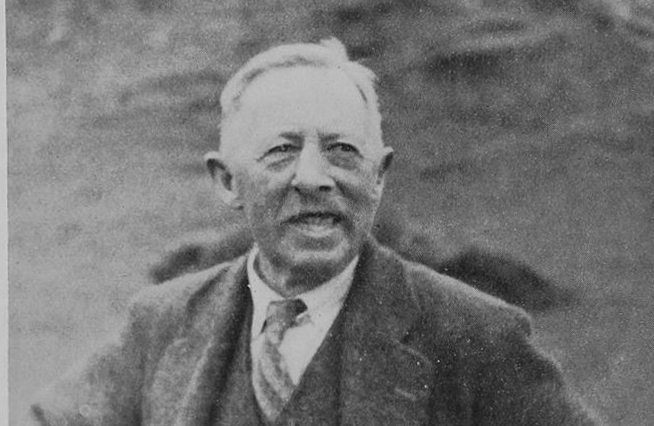
Anybody keen to understand the struggle for educating Kashmir has to go through Hugh Tyndale-Biscoe’s The Missionary and the Maharajas. A marsupial biologist and grandson of Cecil Tyndale-Biscoe (February 9, 1863 – August 1, 1949), the Kashmir-born Hugh has chronicled the transformative impact of his grandfather on Kashmir’s education. It is a memoir that has a lot of information that has not been in the public domain so far. It explains his grandpa used unconventional teaching methods and audacious attempts to challenge the entrenched social order of a tradition-bound society and eventually left an indelible mark.
Cecil Tyndale-Biscoe, a British missionary and educator, defied expectations and embodied paradoxes. He was not only a devout Christian but also a skilled boxer. Unlike many missionaries who sought converts, he was more concerned with enlightening his students about social injustice. This unconventional approach garnered less support from the Church Missionary Society, his employing organisation.
Through his evocative storytelling, Hugh Tyndale-Biscoe paints a vivid portrait of his grandfather’s remarkable journey in The Missionary and the Maharajas. Cecil Tyndale-Biscoe’s legacy in reshaping the educational landscape of Kashmir and challenging societal norms is an awe-inspiring testament to his unwavering commitment and the indomitable spirit of those he influenced.
The Man
Hugh Tyndale-Biscoe beautifully captures his grandfather’s essence: “The first thing one noticed was his bent nose and the laughing blue eyes. The blue eyes he inherited from his mother, and the bent nose was a souvenir from his boxing days. But the laughter was all his own.”
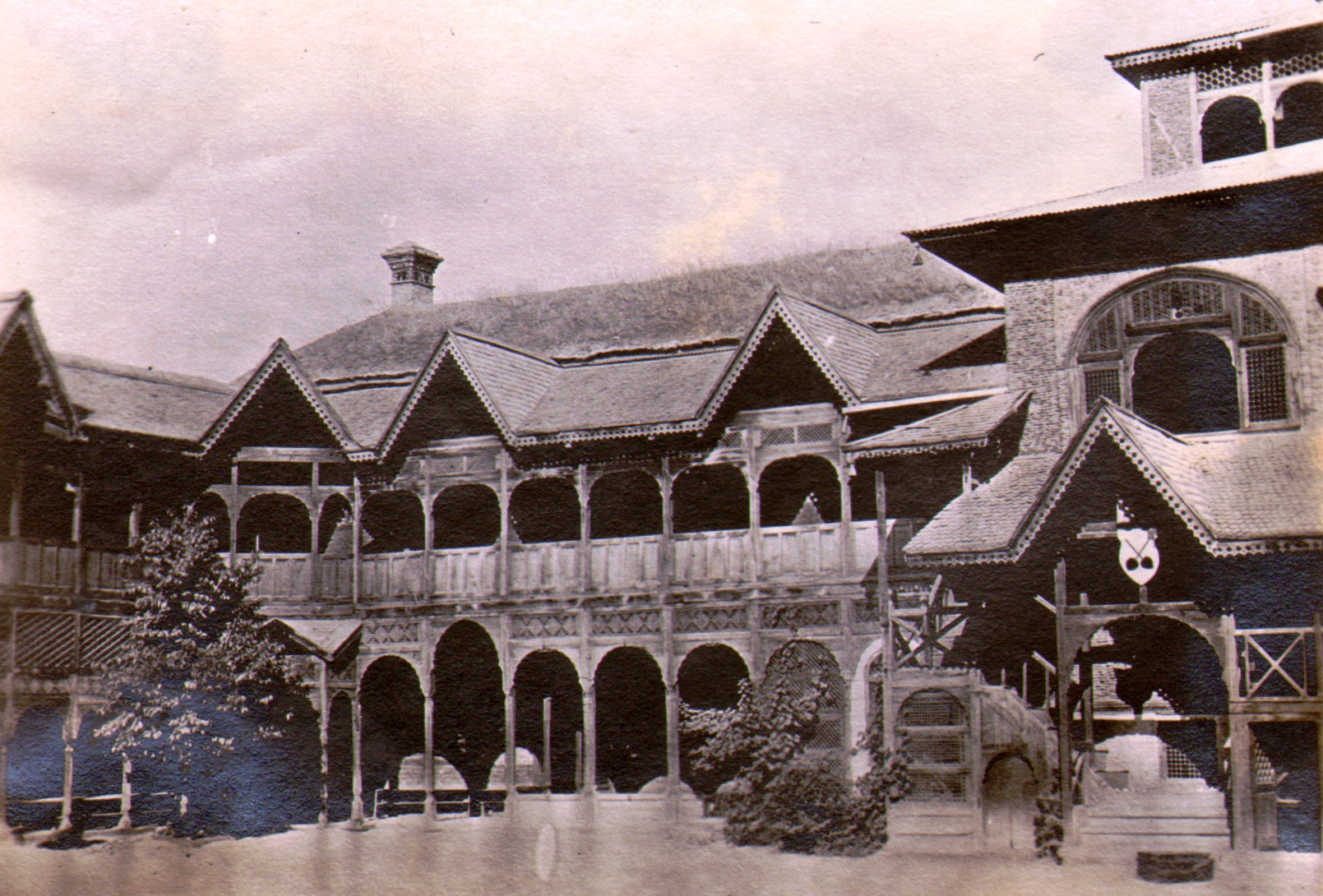
Before his journey to Kashmir, Biscoe worked as a curate in impoverished areas of London. In December 1890, he embarked on his mission to Kashmir, leaving Amritsar for Rawalpindi and eventually arriving in the picturesque region. At the time, James Hinton Knowles had already established a school for boys in 1883, attracting 60 pupils.
Initially, Biscoe felt ill-equipped for the task at hand, lacking scholarly credentials and fluency in foreign languages. However, his desire to indulge in boating, a cherished activity in a city embraced by rivers and lakes presented a cultural hurdle. According to Kashmiri customs, only lower-class Muslim boatmen engaged in this pursuit, while educated individuals and Pandits refrained. To challenge this norm, Biscoe sought to set an example by assembling a group of young teachers willing to learn rowing and swimming. His endeavour proved successful, as the following summer, they competed in regattas against missionary crews and English visitors.
Challenging Social Norms
By 1891, Biscoe allocated considerable time to venture into the countryside, evaluating the land and attending to the pleas of farmers. Additionally, he introduced football to Kashmiri boys, although some resistance arose among Pandit students due to religious beliefs associating leather with impurity.
In March 1892, Knowles departed Srinagar, leaving Biscoe in full charge of the four schools: the Central School at Fateh Kadal, the High School at Islamabad, and two junior schools in Srinagar at HabbaKadal and Rainawari. With Knowles’ departure, Biscoe aimed to raise students’ awareness of the suffering surrounding them, and to involve them in social service—an act contrary to established traditions, as Brahmins traditionally refrained from manual labour.
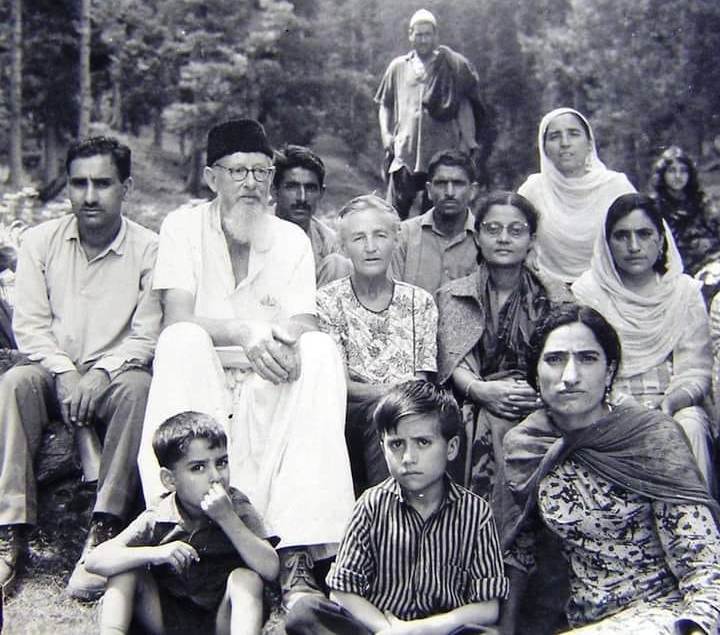
Despite the challenges, during the Great Cholera Epidemic of 1892, Biscoe endeavoured to maintain certain school activities, such as cricket, to counter the prevailing terror. However, these efforts were eventually halted. The bravery exhibited by the teachers from the Mission School during the epidemic was commendable, and six boys even volunteered to assist in caring for the sick, tragically resulting in the death of one.
Flood Rescue and Selflessness
During the devastating flood of 1893, the Mission School boys requested the use of school boats to rescue people stranded on rooftops, exemplifying their courage and selflessness.
The passing of Biscoe’s father in January 1895 marked a turning point that led to increased involvement of his immediate family in the Kashmir schools. This period also witnessed the Baltistan and Ladakh expeditions. Biscoe’s log for 1895, titled Coaching in Kashmir, continued the boating theme. The schools flourished, with a student population surpassing 500.
However, more significant than the approval of British authorities was the amicable relationship between Biscoe and Maharaja Pratap Singh. They often held private meetings, engaging in discussions on religion and various other topics.
Confident in his beliefs, Biscoe pursued his unique form of missionary work despite opposition from certain members of the CMS and the Kashmir State Government. The year 1900 commenced with the Mission Schools embracing their customary activities of camping at Wular Lake and mountaineering in the Pir Panjal mountains.
The Motto and Its Symbolism
Additionally, a technical department was established under the guidance of Biscoe’s cousin, Augustus Tyndale, to encourage Hindu boys to develop skills in metalwork and carpentry. Four years before the major cholera epidemic, Biscoe coined the school motto, In All Things Be Men, symbolised by crossed Kashmiri heart-shaped paddles. The paddles represented hard work and strength, the heart shape represented kindness, and the crossed nature symbolized self-sacrifice.
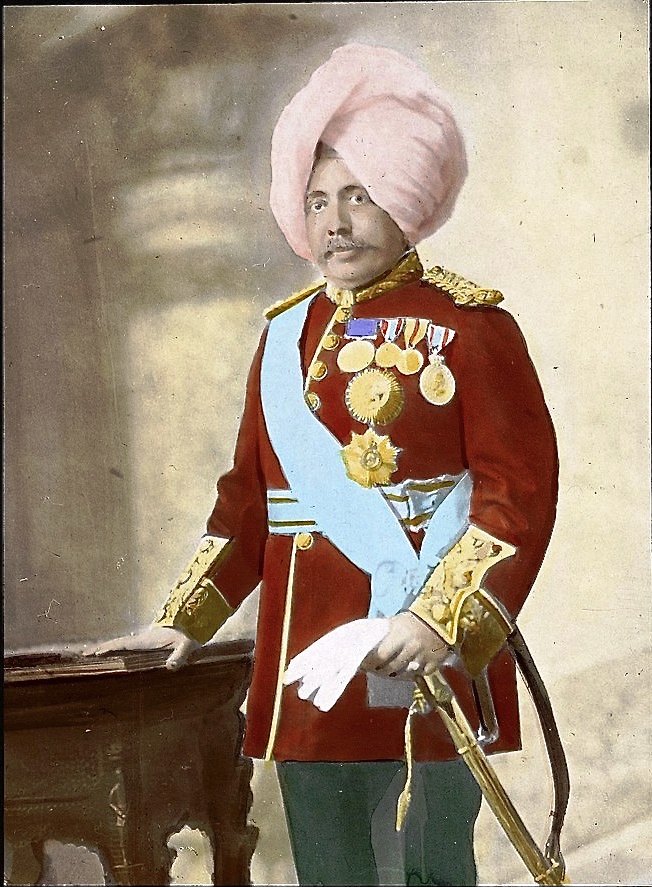
In a pamphlet titled Plugging Again in Kashmir, published in September 1905, Biscoe posed the question of why boys would flock to Mission Schools, where they would need to learn a religion different from their own, pay higher fees, engage in physical activities they may not naturally gravitate towards, and encounter disciplinary measures. The answer, he stated, lay in the pursuit of financial success.
The boys believed that they would fare better in the economic realm, and while this may be true, Biscoe emphasised that the primary focus should not be wealth or university exams but the development of each boy’s character.
On July 17, 1906, a historic event unfolded as four swimmers – Darim Chand, Asad Joo, Gana Koul, and Nedou – attempted the first-ever crossing of Wular Lake. Biscoe, accompanied by Dr Sam Barton in a boat as a precaution, joined them. Although three swimmers eventually gave up, Darim Chand and Biscoe persevered, completing the swim to Baba Shukr-u-Din.
In this narrative of Biscoe’s endeavours, his family’s involvement, and the remarkable achievements of the Mission Schools, the reader is transported to a realm where dedication, resilience, and the pursuit of character development intertwine to create a narrative of the human spirit and triumph against the odds.
In 1909, Biscoe consolidated his ideas in a booklet titled Character Building in Kashmir, reflecting on the state of affairs upon his arrival in 1890 and the subsequent changes that had been achieved. The booklet concluded with a quote from John Stuart Mill, emphasizing that true prosperity lies in citizens possessing character rather than wealth or physical structures. Biscoe believed in an aristocracy of character, the true strength and power of a nation.
Advocating for Women’s Education
During their journey to India in March 1905, the Biscoes’ were accompanied by Dr Kate Knowles, a recruit for the mission in Kashmir. Despite her ambition to be a medical missionary, Dr Knowles faced difficulties upon her arrival. The senior men of the mission held prejudice against a forceful and capable woman. However, Biscoe sympathized with her and recognized her dedication to action.
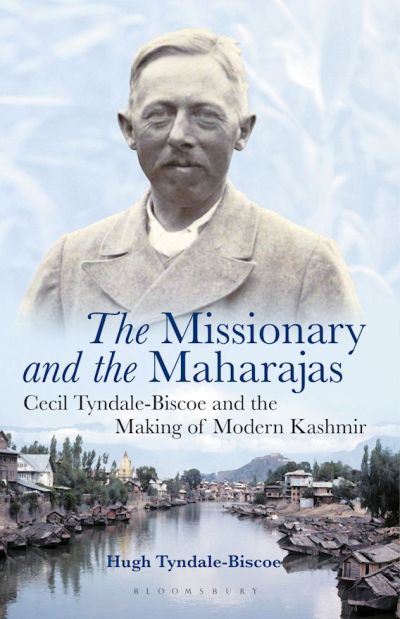
In late 1907, he offered her a room in the branch school at Habba Kadal to establish a small dispensary for women in Srinagar.
Through her work, Dr Knowles discovered the dire conditions in which women lived, particularly the detrimental effects of early marriage, early widowhood, and the prohibition on widow remarriage. The struggle began to change the attitudes of boys in the schools towards women and advocate for reforms allowing widows to remarry. It took until 1928 for the campaign for widow remarriage to bear fruit in Kashmir.
Both Biscoe and Knowles recognised the urgent need for a girls’ school in the city. Drawing upon her teaching experience in England, Knowles was ready to establish one. Biscoe provided the school buildings at Habba Kadal, along with some of his staff, to start a mixed school. The girls’ school commenced in November 1907 in the same buildings where the dispensary had previously operated.
The idea of educating girls had intrigued Biscoe since Knowles’ work from 1907 to 1912, but it truly came to fruition in the mid-1920s with the arrival of Muriel Mallinson, who would oversee the girls’ school and the successful remarriage of two Hindu widows in 1927. Additionally, in the same year, when Biscoe turned 64, his son Eric joined him and effectively became the principal, although unofficially.
Political Awakening
This decade, political awareness among the Muslim population in Kashmir grew, along with a demand for freedom from Dogra rule, which was perceived as illegitimate. This political climate added another layer of complexity to the changing landscape of Kashmir.
The journey of Biscoe, Dr Kate Knowles, and their mission in Kashmir unfolds as a tale of determination, overcoming obstacles, and the pursuit of social change. It is a narrative that intertwines education, women’s empowerment, and political awakening, all set against the backdrop of a society grappling with tradition and the quest for a better future.
As war broke out and British individuals in India hesitated to send their children to Britain, there arose a pressing need for schools within India to accommodate them. Recognising this, Eric Tyndale Biscoe and Phil proposed the establishment of a preparatory school at Sheikh Bagh to cater to these children. They selflessly offered their time without salaries. Miss Olive Cocks, the CMS Secretary in Lahore, approved the proposal.
The school opened its doors at the end of October 1940 with 30 pupils. Since running the new school required Eric’s full attention, he was unable to contribute to the management of the Mission School. Consequently, a new principal was appointed in early 1941 after Biscoe retired. This transition marked a transformative moment for Eric, who had effectively served as the de facto Principal of the Mission Schools for over a decade without formal recognition.
The End of an Era
The end of 1940 marked the fiftieth anniversary of Biscoe’s arrival in Srinagar, where he embarked on his life’s work. Despite being 77 years old, he still held the official position of principal for the six boys’ schools and one girls’ school, although the primary responsibilities had shifted to his son Eric for the boys’ schools and Muriel Mallinson for the girls’ school.
In his letters to Samsar Chand, a retired teacher, Biscoe signed off with the words: “My body is in Africa but my soul is in Kashmir.”
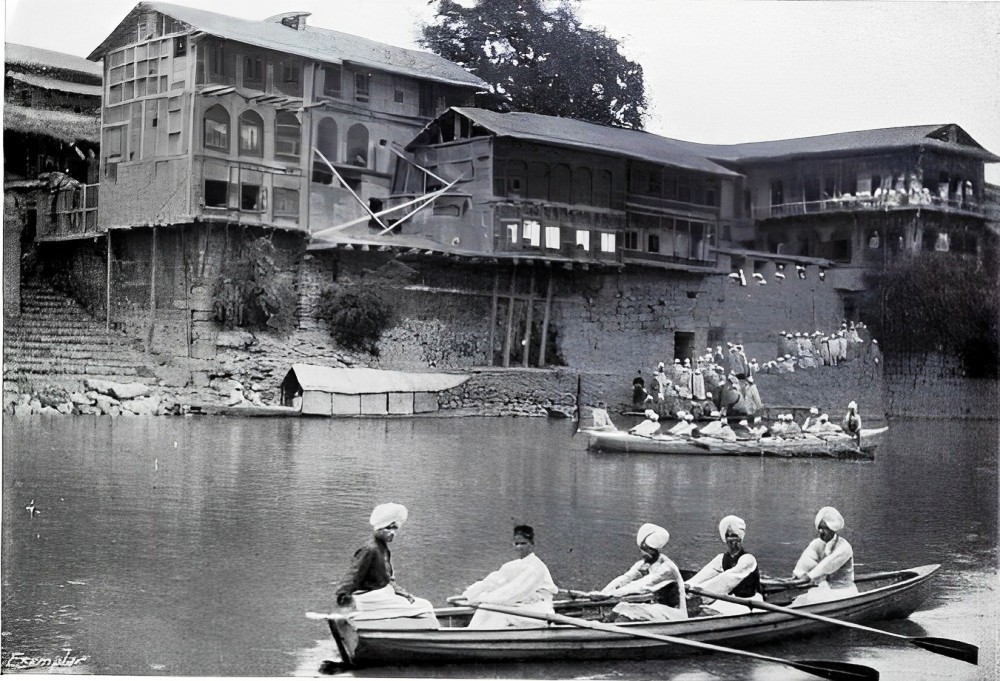
Eventually, on August 1, 1949, he passed away and was laid to rest beside his wife, with whom he had shared 56 years of marriage, in the cemetery near Salisbury Cathedral. Sir Henry Holland, his old friend, penned these words in tribute: “He stood by himself, a leader and maker of men. He was a great disciplinarian with a great sense of humour. Who can ever forget his cheery laugh? He was a man of amazing moral courage and of very deep affection. He was always the champion of the underdog.”
Three years following his passing, Biscoe’s autobiography, titled Tyndale-Biscoe of Kashmir: An Autobiography, was published by Seeley Service, London.
Kashmiri Takes Over
In October 1986, after 25 years, John Ray retired and Samuel Parwez Koul was appointed as the principal, becoming the first Kashmiri to hold the position in over a century of the school’s existence. Hugh Tyndale Biscoe brought Eric’s mortal remains back to Kashmir to be laid to rest in Nil Nag, as per his wishes. Thus, the connection between Tyndale Biscoe’s family and Kashmir concluded in the lake that had brought solace and rejuvenation to Cecil Tyndale Biscoe and his family since 1892. Despite great tribulations, the enterprises to which Cecil Tyndale Biscoe had dedicated his life now flourished like never under Kashmiri leadership.















